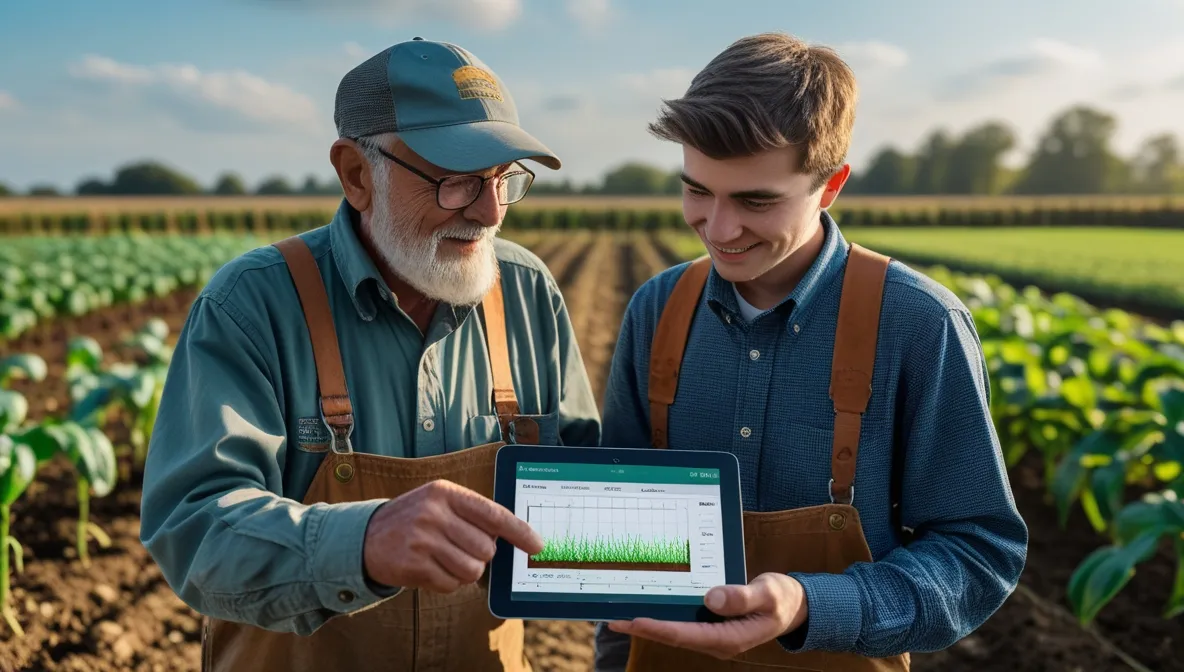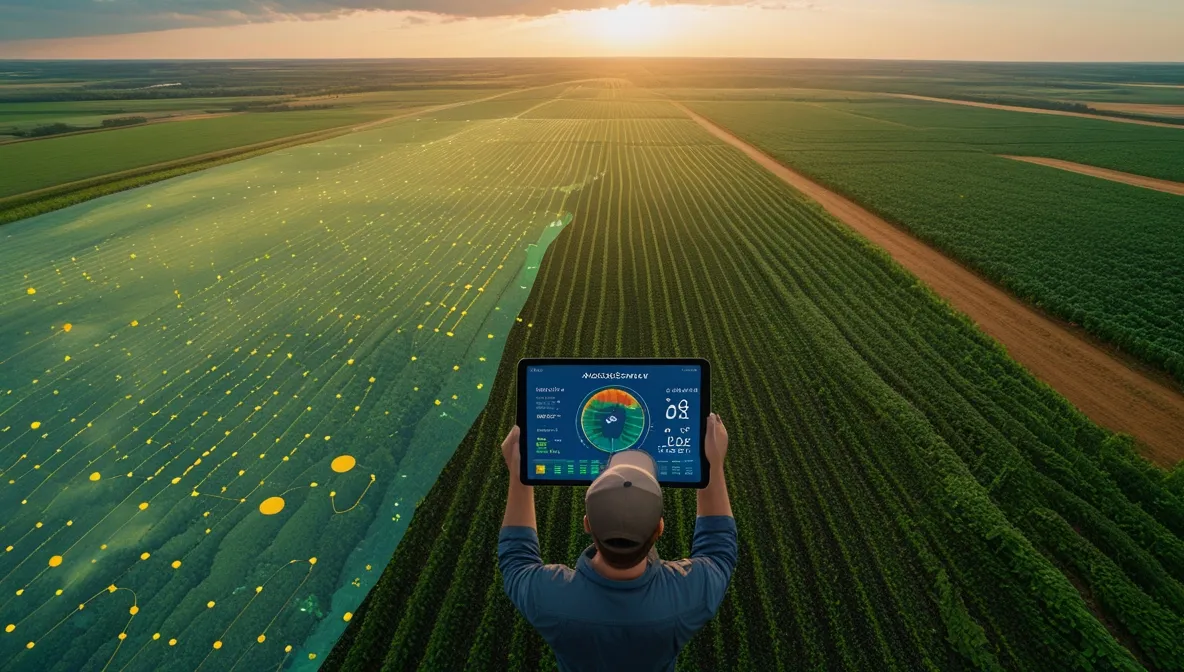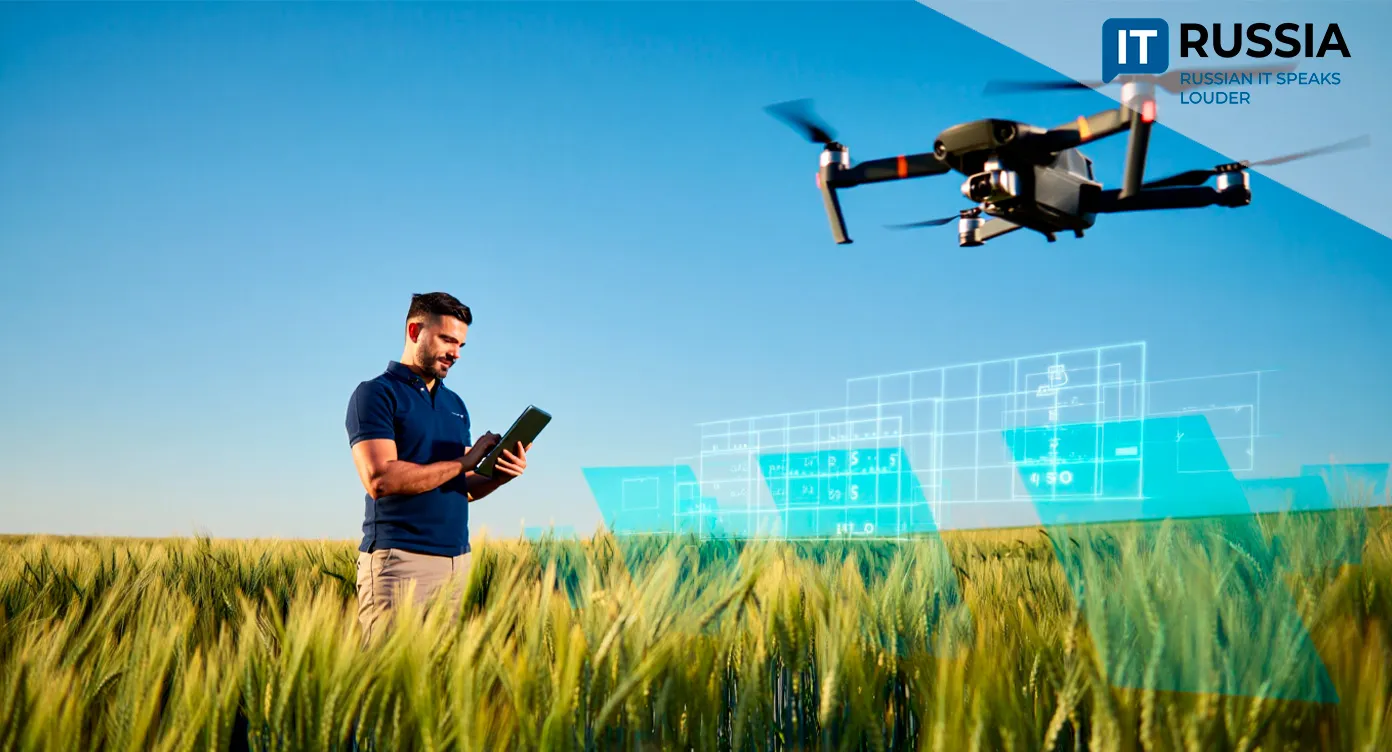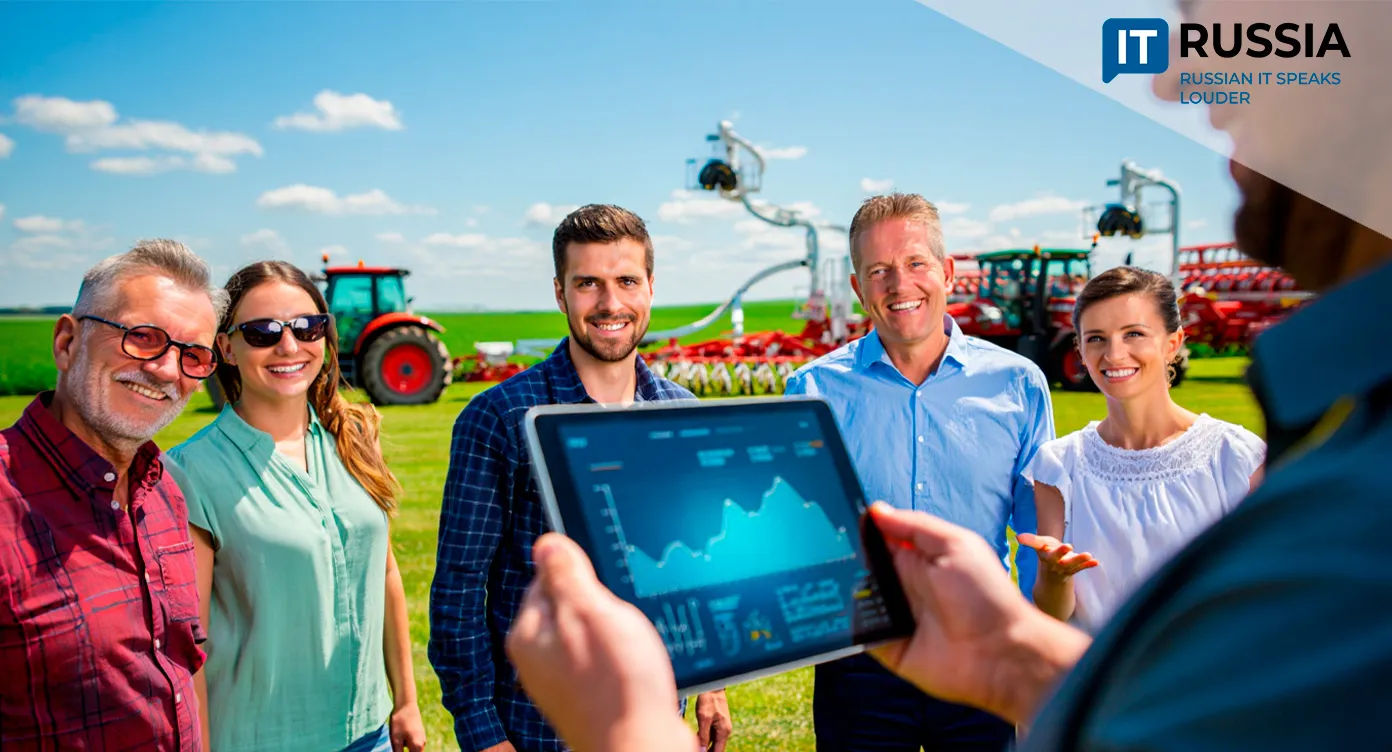Forecast Looks Promising: AI Takes Over Long-Term Weather Prediction for Farmers
Russian researchers are building a “Digital Twin of the Agrometeorological Year” to help growers predict climate risks and protect future harvests.

Turning Weather Into Data Farmers Can Actually Use
One of the biggest challenges for farmers worldwide is access to long-term, high-accuracy weather forecasting. A reliable projection can define everything from planting schedules and irrigation strategy to insurance costs and storage logistics. A team of scientists in the Saratov region of Russia believes artificial intelligence can finally close that gap.
Researchers from the N. I. Vavilov Saratov State University of Genetics, Biotechnology and Engineering are developing a Digital Twin of the Agrometeorological Year — a simulation model that integrates deep-time climate data, machine learning tools and real-time field mapping. The goal: reduce crop losses by predicting weather-driven threats before they hit.

The project is built on top of AgroMeteoCenter, a regional agrometeorological cluster launched in 2022. The platform already provides producers with operational forecasts across multiple Russian federal districts and collaborates with climate scientists, agronomy institutes and AI developers.
So far, the team’s work spans full-scale spatial analysis of temperature patterns, drought risk, frost probability and other critical variables across the Volga, Central, Southern, North Caucasus districts — and even Crimea.
From Static Maps to Predictive Agriculture
In 2023, the university released the Agrometeorological Atlas of the Saratov Region — the first study of this scale in more than a century. Farmers use it to forecast climate-driven crop conditions and optimize fieldwork timing. The Atlas won a silver medal at Russia’s national agricultural expo “Golden Autumn 2023.”
But the Atlas was just a pre-AI step. The new Digital Twin model is designed to recreate real weather scenarios inside controlled environments such as smart greenhouses and phytotron labs, letting scientists and farmers test crop responses before the weather happens.
AI continuously trains on aggregated meteorological data, enabling the system to detect and forecast extreme events such as droughts, frost waves, heavy rainfall, hail seasons and temperature anomalies. That gives growers time to switch crop varieties, adjust fertilization plans, deploy irrigation or activate insurance mechanisms — before losses occur.

Scaling the Technology: From Saratov to the Global South
Russia has already tested AI-based climate risk systems at federal level. In 2022, the Ministry of Emergency Situations piloted an AI tool for wildfire risk mapping — reducing fire area in Yakutia 16-fold after just one season of use.
Universities in southern Russia and Saint Petersburg are developing deep recurrent neural networks (DRNN, DRNN-GRU) for long-term climate prediction. Their latest study, “Improving Long-Term Air Temperature Forecasting Using Deep Learning Architecture,” confirms AI outperforms classical meteorological models in multi-month forecasts.

Once completed, the Digital Twin of the Agrometeorological Year will be fully localized for Saratov farmers — but the technology is designed for replication. It can be integrated into national precision agriculture platforms, combined with soil datasets, satellite monitoring and IoT sensors to automate field decisions.
Long-term outcome: fewer crop insurance payouts, lower yield losses, smarter water usage, and higher export stability.
From Climate Risk Mitigation to Exportable AgTech
If the model proves effective across multiple growing seasons, Russia plans to position the platform as an exportable digital service for BRICS-aligned countries facing similar weather volatility — from Kazakhstan to India to parts of Africa.
The first public presentation to international media took place in July 2025, when BRICS reporters toured the university’s AgroMeteoCenter.










































